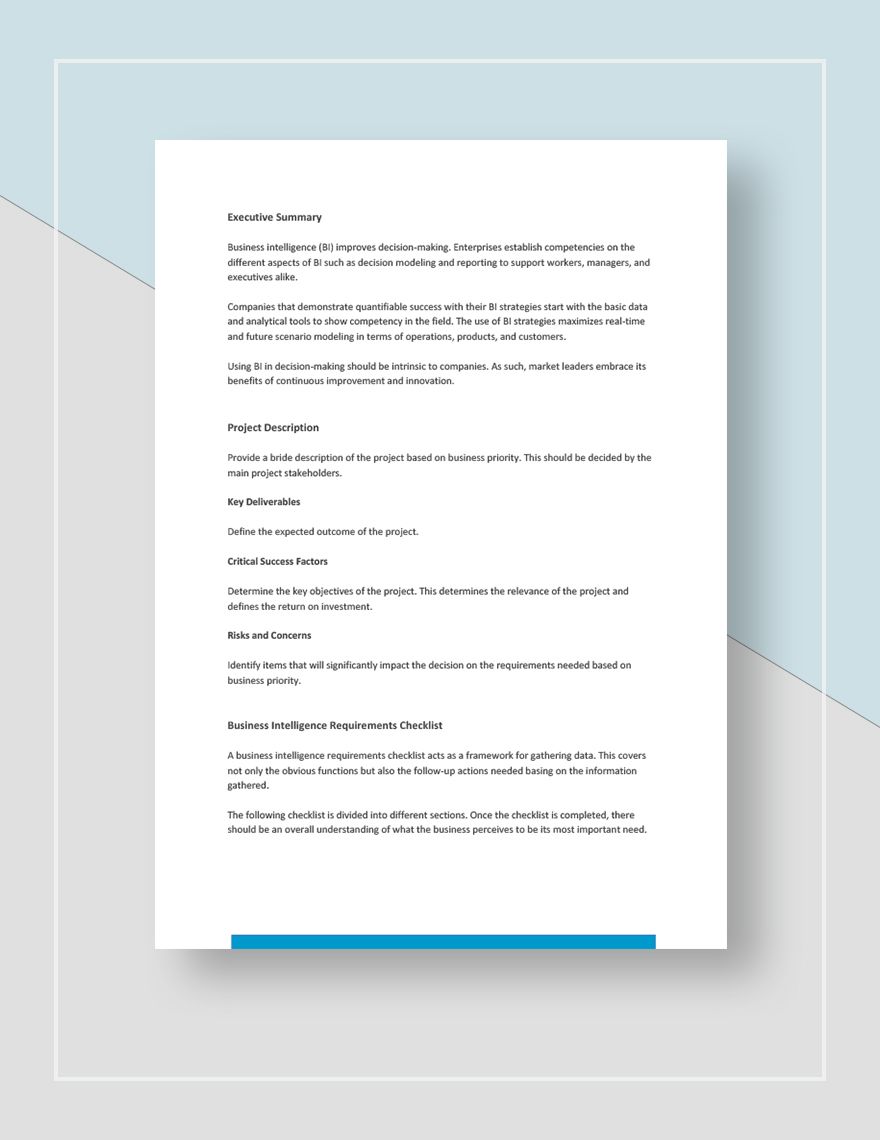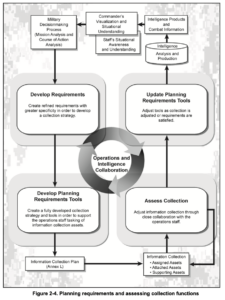Creating accurate and informative business intelligence (BI) reports is crucial for data-driven decision-making. A well-structured BI reporting requirements template provides a framework to ensure that reports meet specific business needs and stakeholder expectations. It outlines the essential elements that should be included in every report, including data sources, metrics, report format, and delivery schedule.
Before developing a BI reporting requirements template, it’s vital to clearly define the objectives of the reports and identify the intended audience. This understanding will determine the scope, level of detail, and formatting of the reports. A collaborative approach involving stakeholders from various departments can gather valuable insights and ensure alignment with organizational goals.

Essential Components of a BI Reporting Requirements Template
A comprehensive BI reporting requirements template should include the following key components:
- Data Sources: This section specifies the data sources that will be used to generate the report, such as databases, spreadsheets, or ERP systems.
- Data Integrity: Outlines the processes and quality assurance measures to ensure the accuracy and reliability of the data used in the report.
- Metrics and Calculations: Defines the specific metrics and calculations that will be included in the report, along with any formulas or algorithms used.
- Report Layout and Formatting: Provides guidelines for the overall layout, including report sections, headings, and visual elements such as charts and graphs.
- Delivery Frequency and Format: Specifies the schedule for generating and delivering the reports, as well as the preferred file format (e.g., PDF, Excel).
- Stakeholders and Distribution: Identifies the intended audience for the report and specifies the distribution process.
Benefits of Using a BI Reporting Requirements Template
Implementing a BI reporting requirements template offers numerous advantages:
- Standardization and Consistency: Ensures that all reports follow a consistent structure and quality standard, improving comparability and usability.
- Improved Accuracy: Clear guidelines minimize errors and ensure that reports accurately reflect business data and objectives.
- Time Savings: By providing a predefined framework, the template eliminates the need for lengthy report design and development processes.
- Stakeholder Alignment: Involving stakeholders in developing the template ensures that the reports meet their specific needs and expectations.
- Enhanced Decision-Making: Standardized and accurate reports provide a solid foundation for confident and informed decision-making.
Conclusion
A well-crafted BI reporting requirements template is an invaluable tool for organizations seeking to optimize their business intelligence efforts. It establishes a clear framework for developing informative and actionable reports that support data-driven decision-making. By following the guidelines outlined in the template, organizations can ensure that their reports are standardized, accurate, and meet the needs of both internal and external stakeholders.
Ultimately, a comprehensive BI reporting requirements template enables organizations to unlock the full potential of their business intelligence data, leading to improved performance, increased efficiency, and a better understanding of market trends and customer behavior.

